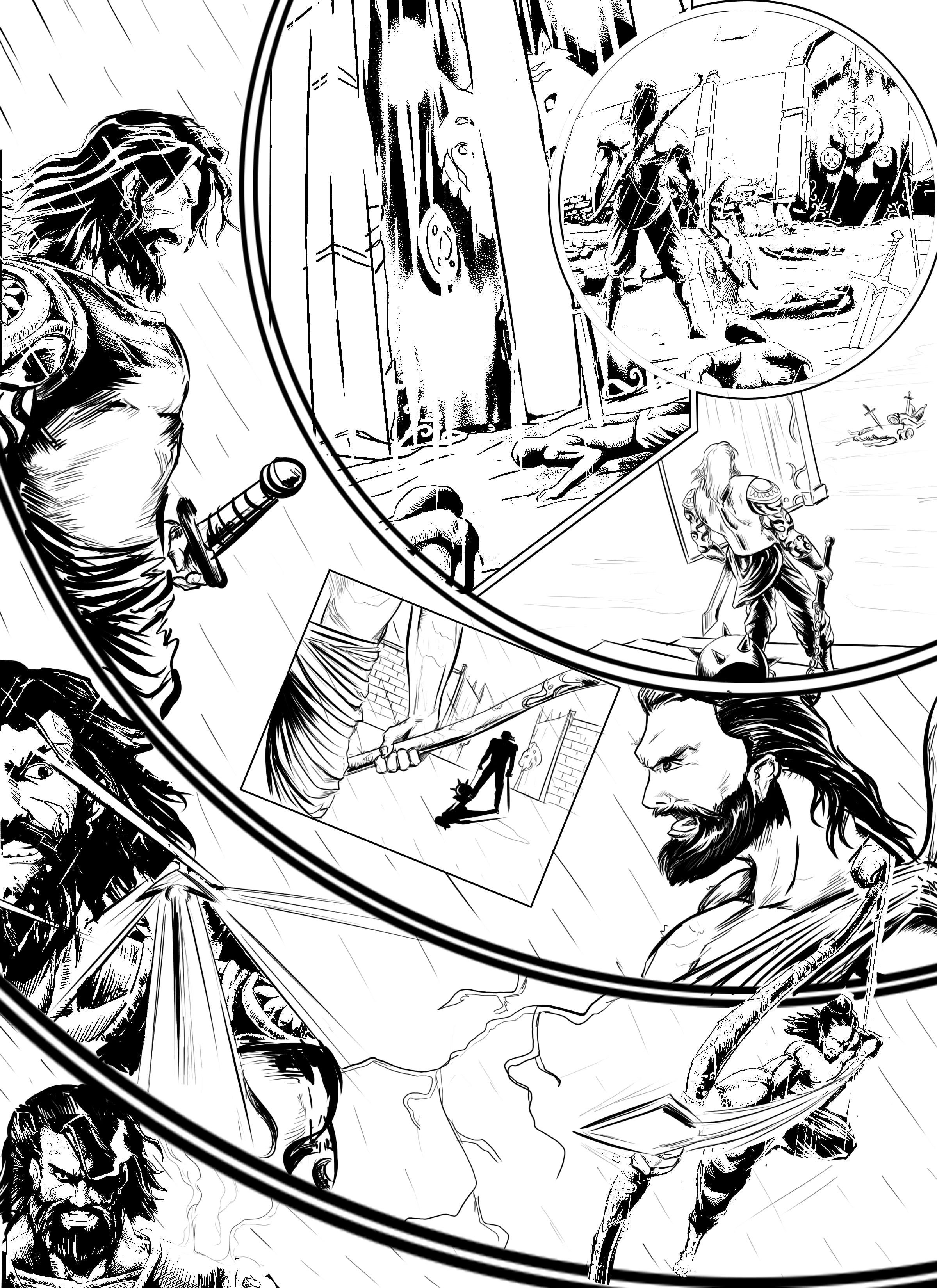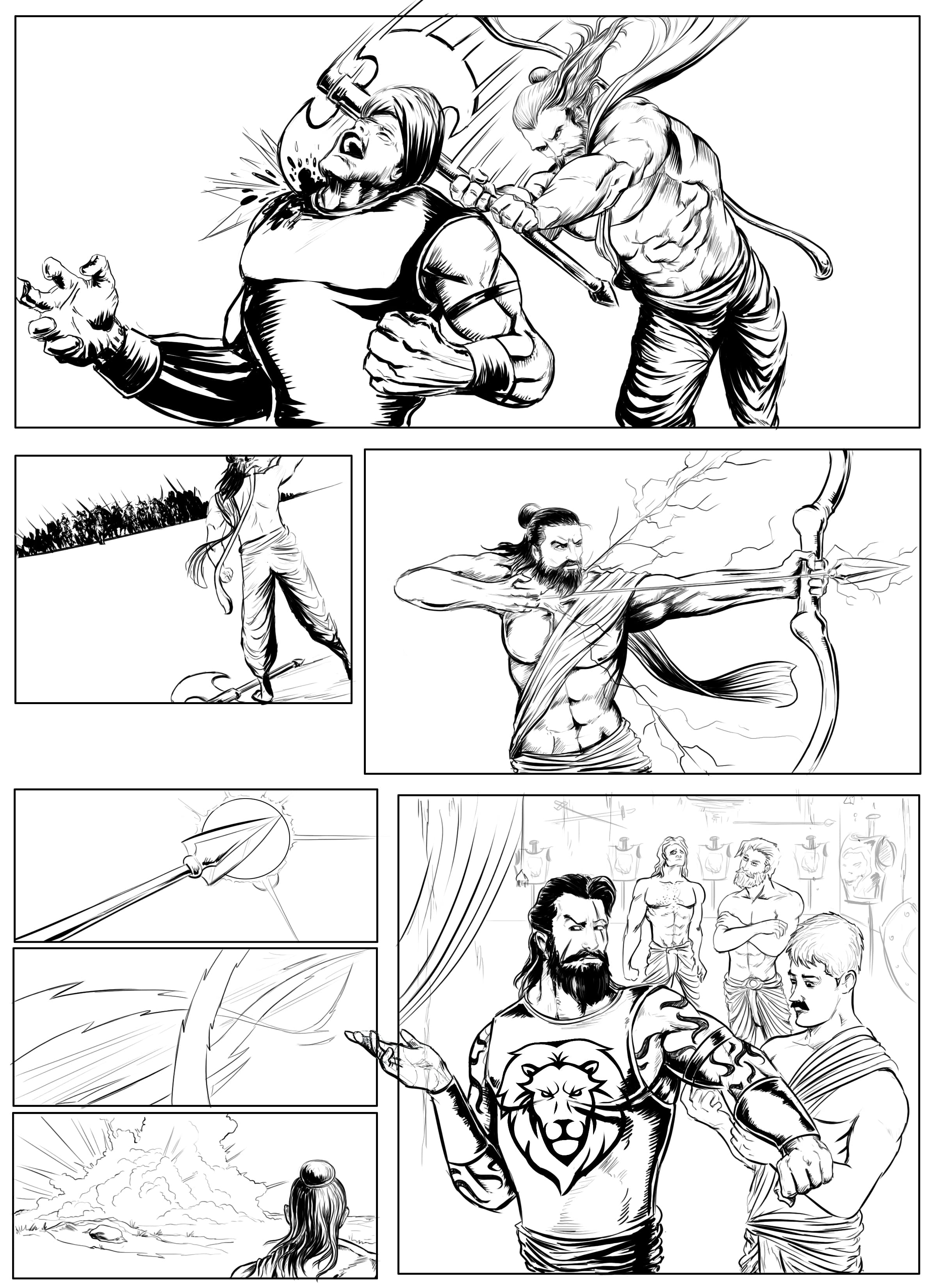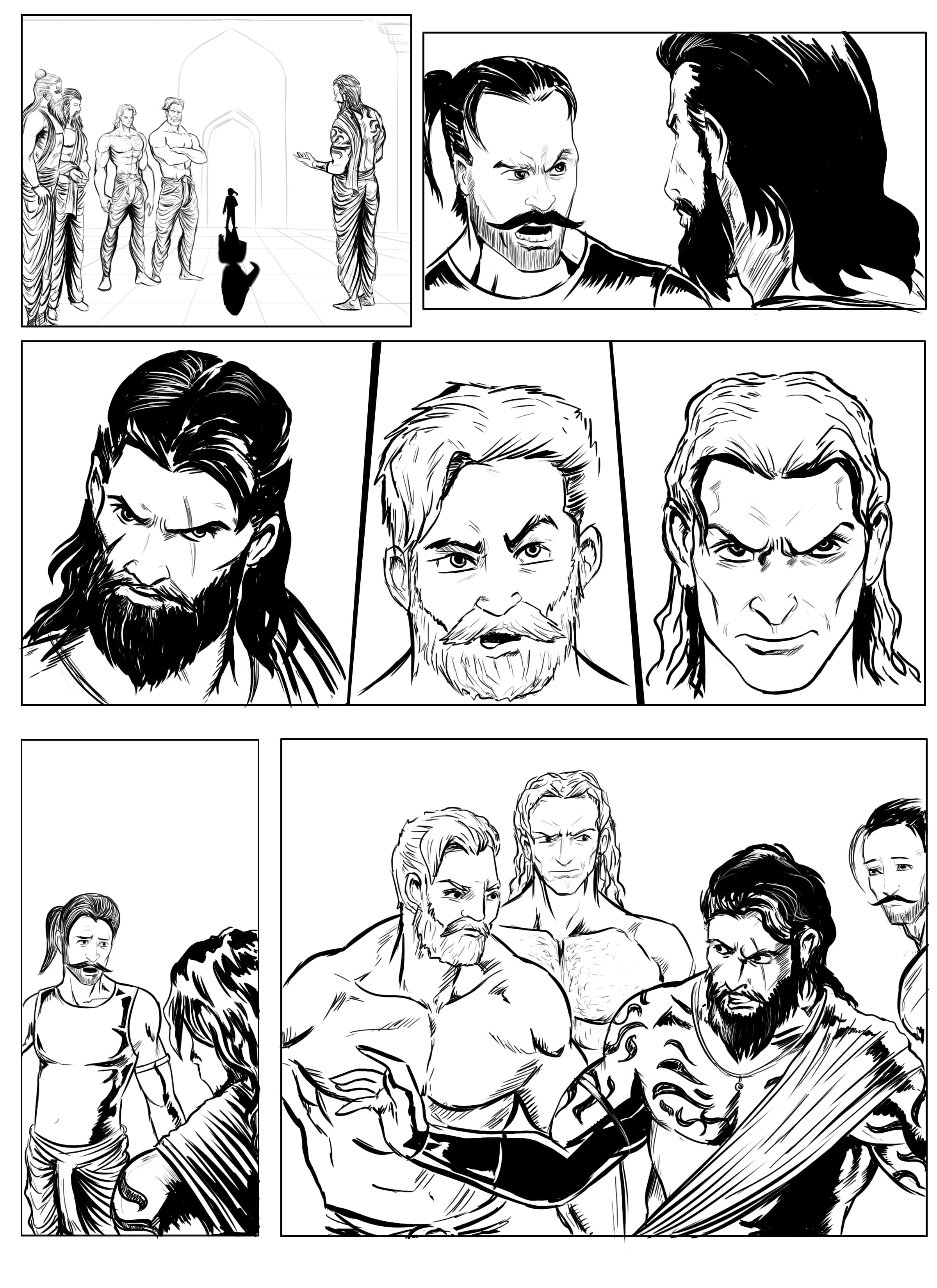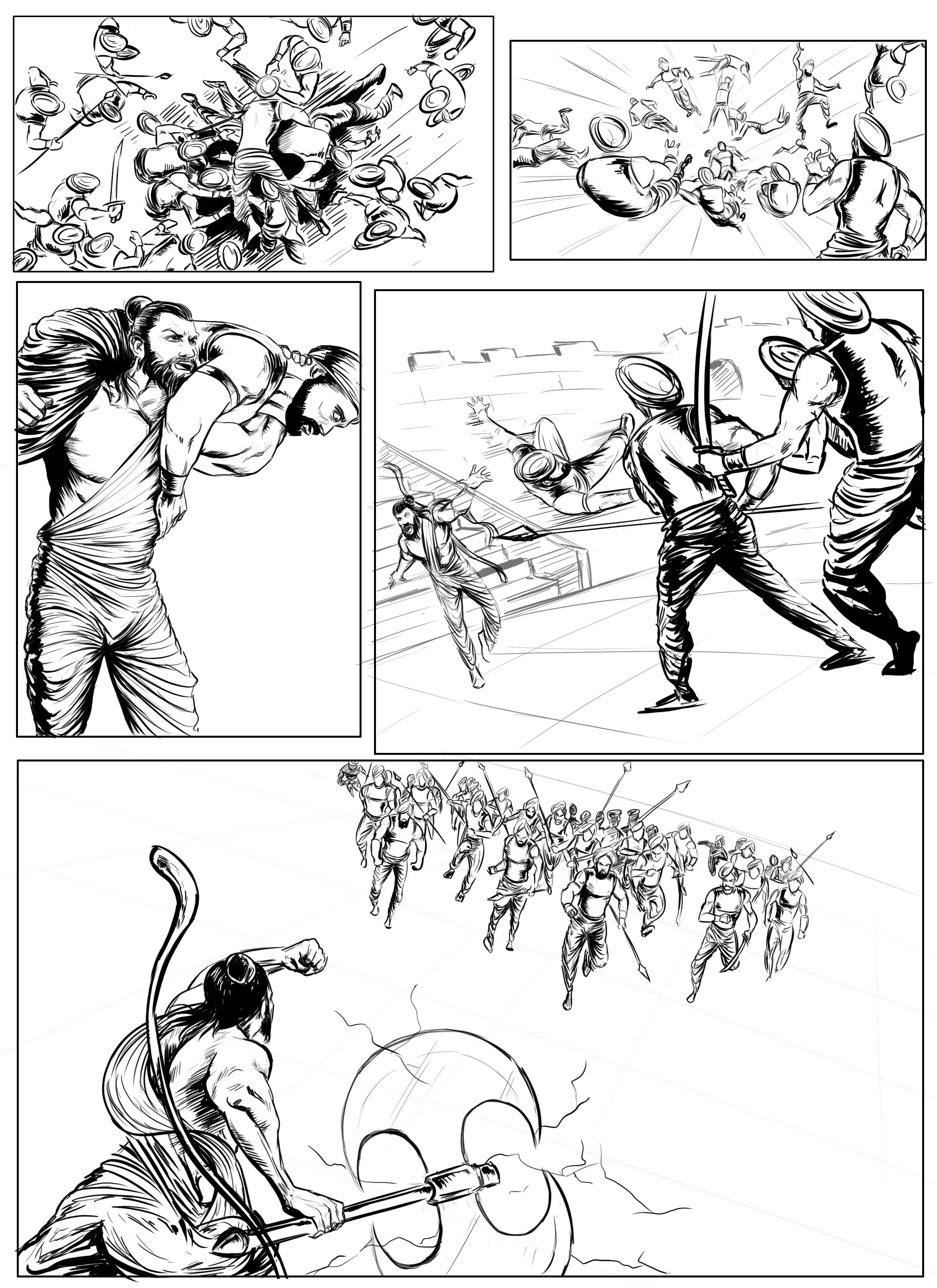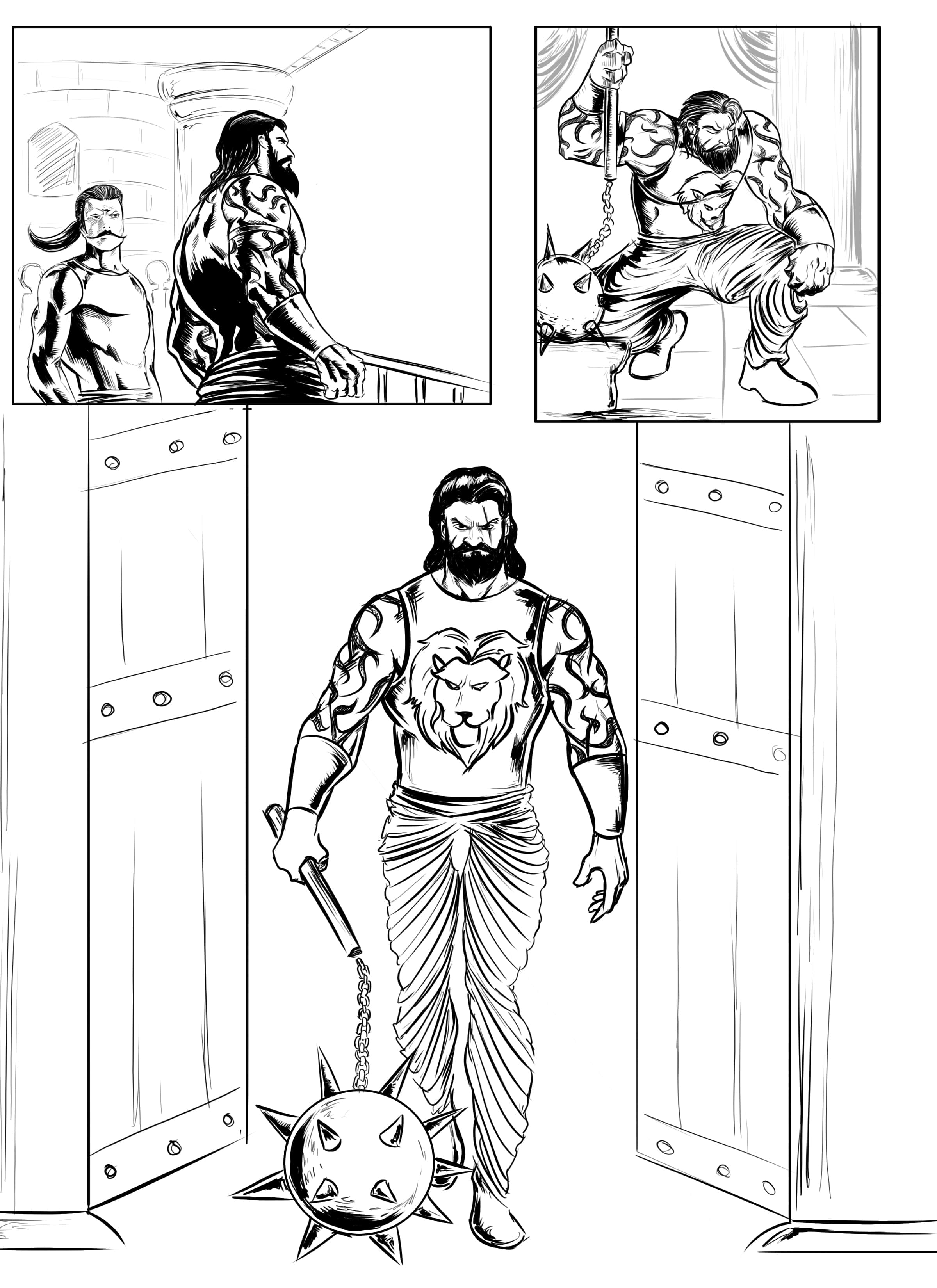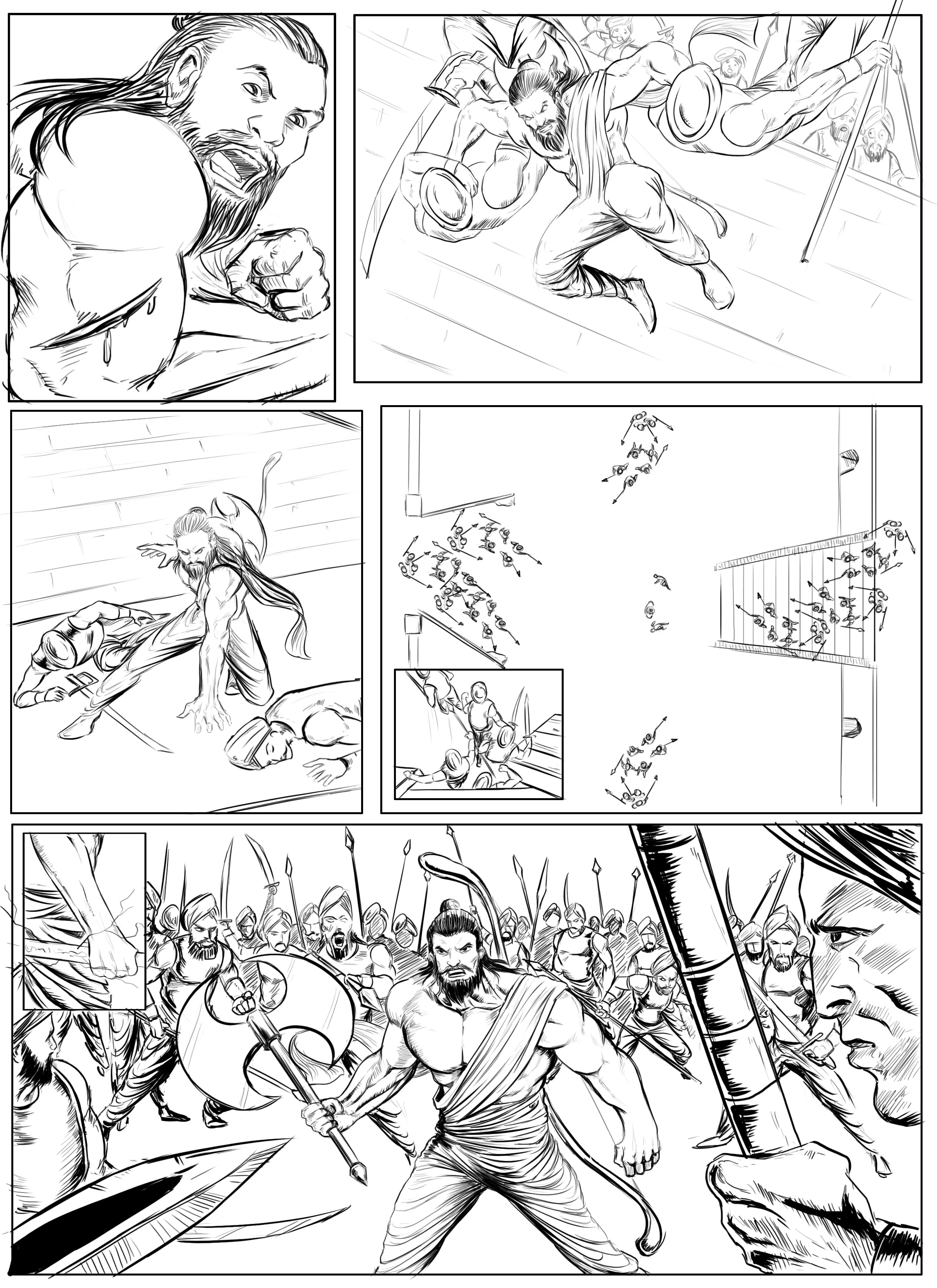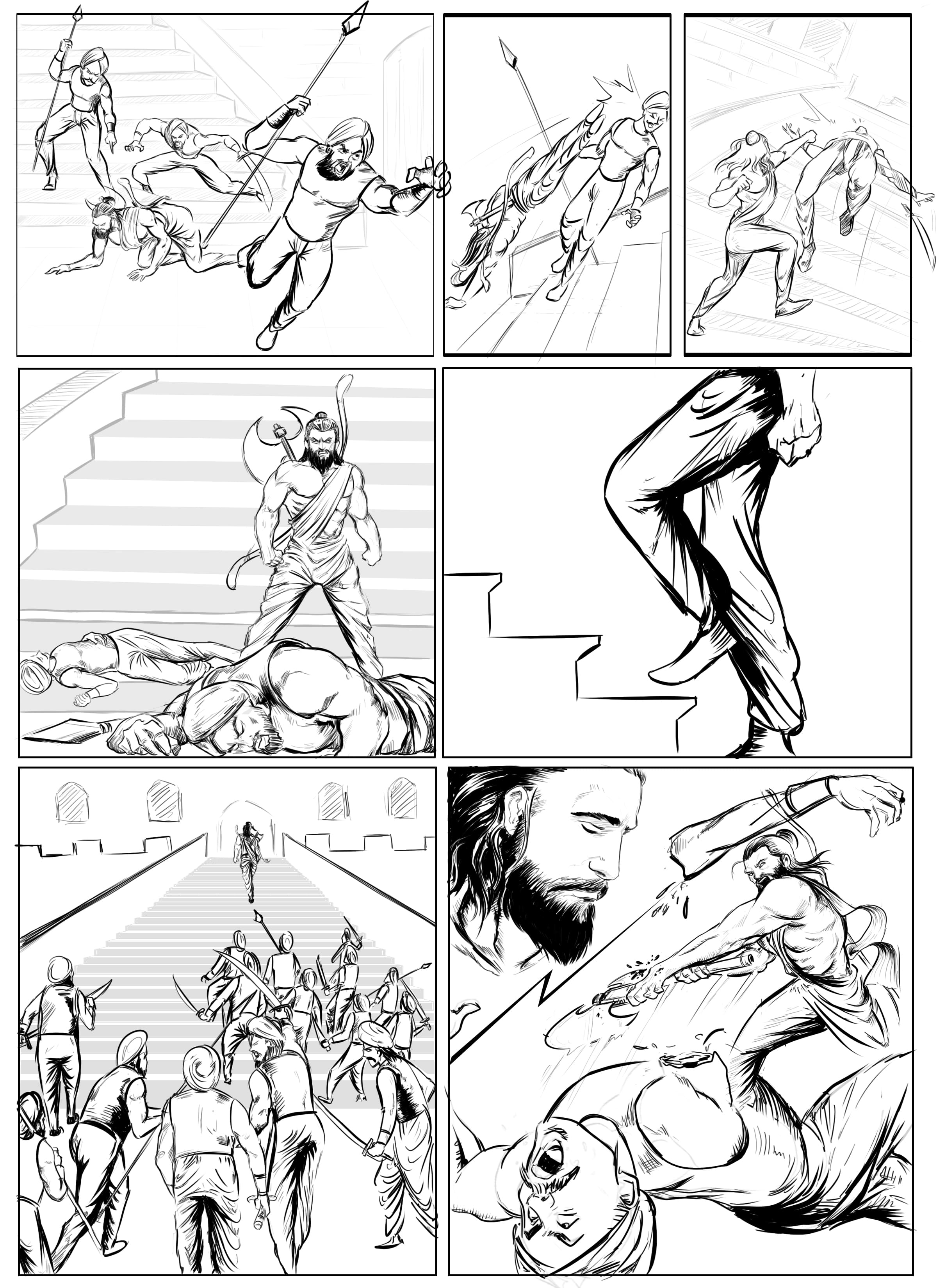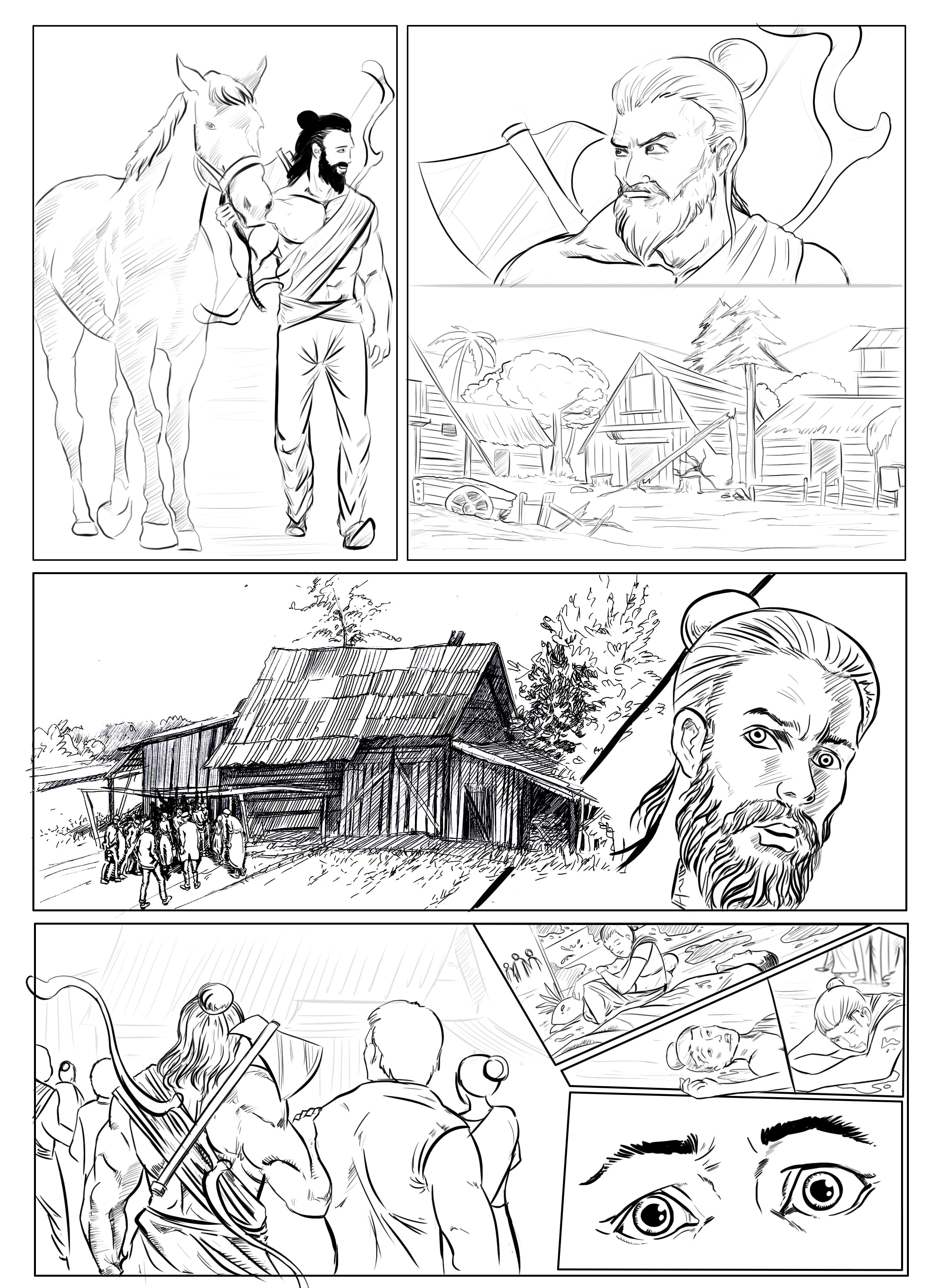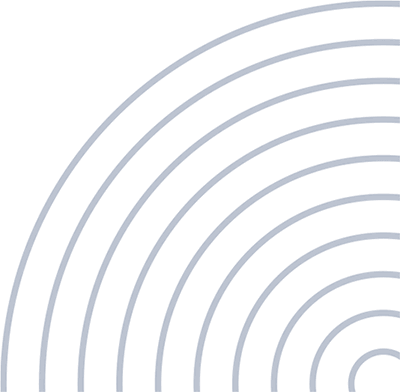A storyboard artist visualizes stories and outlines the framing of the story. Quick pencil drawings and marker creation are two of the most common traditional techniques, although Adobe Edge, Adobe After Effects, Adobe Photoshop, Storyboard Pro, and other storyboard applications are widely used today. The digital camera is one of the newest techniques in storyboard creation.
Most storyboard artists today start and finish their work on computers with software and digital pens or a graphics tablet. Storyboard artists can use photos to create images where stock photos or photos taken specifically for the project are digitally combined to create a photographic representation called a photo visual.
For movies, some filmmakers, directors, and producers choose to use clip art computer programs or custom 3D storyboard software designed to create storyboards, or a more versatile 3D program that can be used to create elements of storyboards.
In animation, projects are often, is based solely on storyboards (i. e. a script can be written later), and storyboard artists continue to work to develop specific sequences during production. After a sequence has been edited, the director and/or storyboard artist and crew may need to re-edit the sequence as it turns out that changes are required for the timing and story.
In the live-action movie, a storyboard artist is hired at the start of a project. When a storyboard artist is hired by a film company, the artist must break down the scenes of the script into shots that can be filmed. This is done under the supervision of the director of the film to ensure the director's vision from the beginning of the project. As production progresses, storyboards are presented to the cinematographer, who is then responsible for bringing that vision to the screen.
Film production companies may also hire a storyboard artist to create polished presentation-style storyboards (which may also include audio) that can be used by a producer to raise money for making the film







